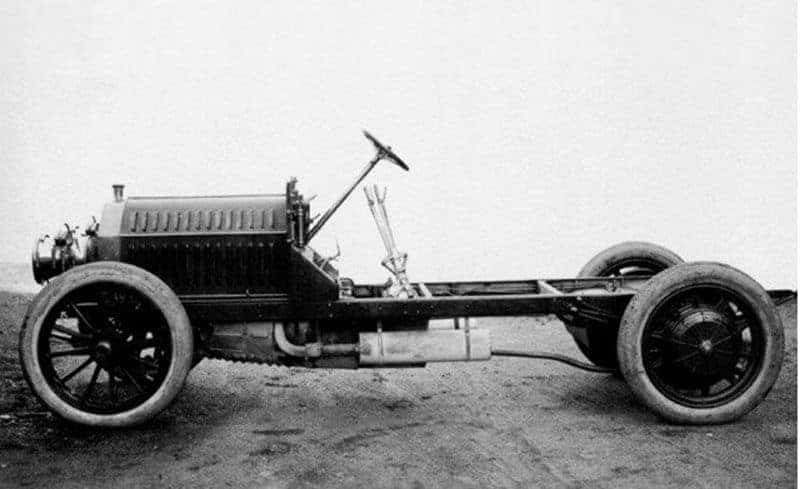
As a name brand, Mercedes-Benz has become synonymous with luxury and superior performance. That makes it easy to forget that Mercedes-Benz has also been a legendary trailblazer when it comes to innovations within the auto industry.
As we enter 2024 and set our sights on the future here in Macon, let’s take a moment to look back at five moments when Mercedes-Benz revolutionized the way we drive.
The Modern Automobile
Although Henry Ford is most often credited as the inventor of the modern automobile (and occasionally, the automobile altogether), he was indisputably beaten to the punch by Mercedes-Benz. Karl Benz patented his three-wheeled, petrol-powered Motorwagen in 1886 – when Ford was just 23 years old, and six years before he completed his first motor car in 1892.
But while Benz was getting his patent granted, completely independently from Benz’s operation, Gottlieb Daimler was building an automobile of his own. While Benz and Daimler would battle in and out of court until Daimler’s death, the two sides would finally merge in 1926 as Daimler-Benz AG. Speaking of Gottlieb Daimler…
The First Motorcycle
…He inadvertently created the first motorcycle. In 1885, Daimler invented a vertical, one-cylinder engine that ran on gasoline, which he placed in a wooden frame based off a bicycle design. Branded the Daimler Reitwagen, this unique experiment is now considered the very first motorcycle.
The First Hybrid
Hybrid and electric vehicles are all the rage today, with virtually all major manufacturers stepping up to go green and cut carbon emissions. Charging stations are popping up at more and more locations, and it’s easy to see electric becoming the predominate way we travel within the next decade. But the hybrid vehicle’s origins stretch back to 1906.
Before petrol-powered engines became the standard, Industrial Revolution-era car companies experimented with a mix of gas and electric possibilities. The Mercedes-Benz Mixte was the result of that experiment. The Mixte sported a gas engine at its front with a dynamo that charged two rear motors. It was able to hit a startling top speed of 75 mph, proving that Mercedes-Benz has never sacrificed performance at the expense of hybridization.
Self-Driving Pioneers
Self-driving cars are a hot topic of conversation right now, thanks to recent advancements and ongoing debates regarding safety and reliability. But while the modern world adjusts to this new tech, it’s worth remembering that Mercedes-Benz has been preparing for this moment for decades.
Nearly 20 years before Tesla unveiled their first self-driving vehicle in 2014, Mercedes-Benz installed an autonomous driving system into a 1995 W140 S-Class. By utilizing the latest in micro-processing technology, it was able to drive over 1,000 miles on the Autobahn with minimal human input. The safe-driving tech we find in today’s Mercedes-Benz vehicles stemmed from this early systems experiment.
Pulling Out All the Stops
Mercedes-Benz have always been at the forefront of implementing new safety practices. By the summer of 1924, all Mercedes-Benz cars had brakes on all four wheels – the first vehicle to do so. When the Mercedes-Benz 170 was introduced in 1931, suspension had been added to each corner of the vehicle – another first.
Over half a century later, Mercedes-Benz introduced anti-lock brakes, a safety measure that’s now the standard for Mercedes-Benz and the auto industry at large. After refining the technology with the Bosch throughout the 1970’s, Mercedes-Benz officially introduced anti-lock brakes with the 1978 S-Class.
Ready for 2024 and Beyond
Here at Mercedes-Benz of Macon, we’re proud to bring you the latest in Mercedes-Benz innovations. From the 2023 EQS and other electric vehicles to dynamic rides like the GLA compact SUV, we’ll supply you with what you need to drive into 2024 and mold your future to your liking.
 AdChoices
AdChoices